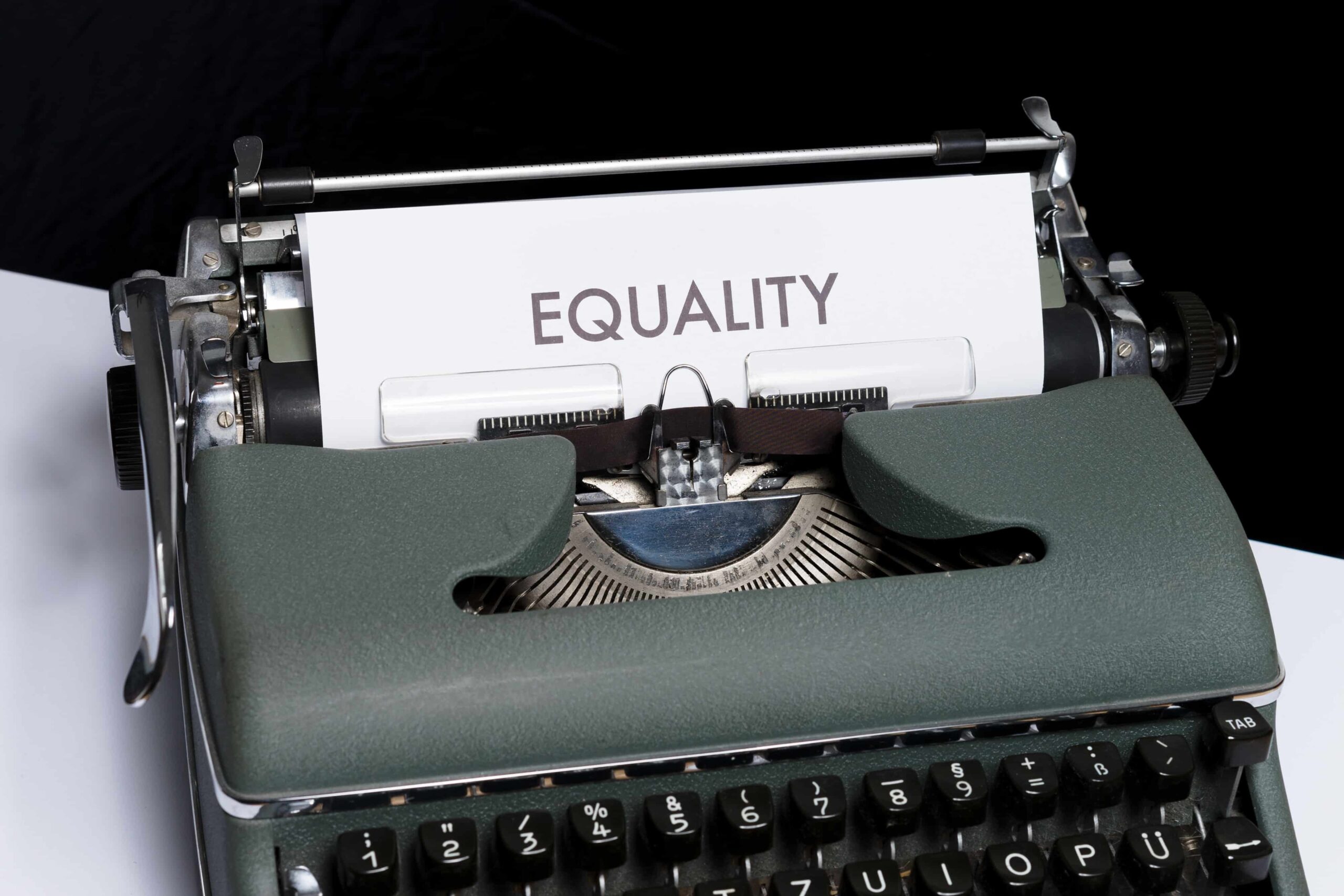Despite the United States taking the top spot in terms of the percentage of women enrolled in MBAs, Oxford Saïd Business School is making up some ground in Europe.
European business schools have traditionally lagged their U.S. counterparts in the area of women’s MBA enrolment. The reasons are complicated, the solutions even more so, but the end result is an inability of top European programs to achieve consistent progress toward parity.
Oxford University’s Saïd Business School is in the small but growing club of schools that seem to have solved the riddle. The Saïd School has boasted among the highest percentages of women of any non-U.S. MBA program since 2019, and now has gone even further, announcing near-parity in its newest MBA class.
Oxford Saïd’s 48% women in the 313-student cohort of its one-year MBA program puts the UK school ahead of all non-U.S. programs in the top 25 of the 2022 Financial Times Global MBA ranking, a group that includes INSEAD (38%), London Business School (37%), HEC Paris (36%), IESE (38%), SDA Bocconi (35%), National University of Singapore Business School (37%), and CEIBS (40%). Only Cambridge Judge Business School, at 47% this year, comes close to Oxford’s mark.
Oxford Mission: ‘End Gender Inequality In Business Once & For All’
Oxford’s Kathy Harvey: “Diversity, equality, and inclusion are paramount to everything we do as a school, and empowering women is key to that.”
Oxford, which had 44% women in each of the previous three MBA cohorts, even bests most of the leading U.S. programs, with a higher percentage of women this year than Harvard Business School, Stanford Graduate School of Business, Chicago Booth School of Business, and MIT Sloan School of Management, among others. Only the Wharton School at the University of Pennsylvania (50%), which achieved gender parity for the second year in a row, and Northwestern University Kellogg School of Management and Duke University Fuqua School of Business, each of which reported 48% women in their two-year MBA program class profiles, are in Oxford’s league this year.
It’s the largest ratio of female-to-male participants in the school’s 26-year history and, as Kathy Harvey, associate dean of the school’s MBA and executive degree programs, notes, a testament to the school’s mission to “prepare the next generation of female leaders and to end gender inequality in business once and for all.”
“This is an incredibly proud moment for everyone at Oxford Saïd,” says Harvey, who has spearheaded the drive to boost female engagement at the school. “Diversity, equality, and inclusion are paramount to everything we do as a school, and empowering women is key to that.”
Oxford Boasts Scholarships, Women’s Programs & More
By the start of the 21st century, just over 10% of the top executive positions at Fortune 100 companies were held by women, according to a long-running Wharton study. That number increased to almost 18% by 2011, when researchers collected new data and released an updated study; 10 years later, they found that women account for almost half of the U.S. labor force yet held just over one-quarter of top positions at Fortune 100 companies. Another recent study showed that as of July 2022, just 8.8% of CEOs of Fortune 500 companies were female.
In its quest to correct this imbalance, Oxford Saïd currently runs two major scholarship programs aimed exclusively at women, the Laidlaw scholarship and the Forté Fellowship. In the 2022 cohort, Oxford has six Laidlaw and three Forté scholars. This year also marks another important milestone, as the school welcomes the 10th cohort of the Women Transforming Leadership Program, a course open to women in influential leadership roles.
Oxford Saïd is also home to the Oxford Women in Leadership Alliance, a student-run group that organizes events and discussions around challenging conventional views of women in business.
Focus On Diversity ‘One Of The Main Reasons I Chose Oxford’
“I couldn’t be more proud to be part of this cohort,” says Zoe Woods, a current Oxford 1+1 MBA student and Forté fellow. “It truly makes me feel like 50/50 is within reach.
“Saïd’s focus on diversity is one of the main reasons I chose Oxford. Gender is of course just one aspect of diversity, but I think Saïd’s focus on gender is indicative of a broader commitment to bring diverse voices into the classroom — and you can really feel that in our cohort.
“I feel so privileged to be a Said Business School Forté Fellow, and share Forté’s mission of advancing women in business. I can’t wait to work with future female applicants as they apply to Oxford, and get us closer to gender parity.
“So many businesses claim that underrepresentation of women in leadership is a pipeline problem. Looking around the room at my classmates I can confirm there are a plethora of truly talented women out there ready to lead. In doing so, we need to keep challenging our default assumptions about what a leader looks like, to make way for more diverse styles of leadership.”
As the international landscape for MBAs comes closer to realising Oxford’s mission to end gender equality, it can only mean better outcomes for women who undertake MBAs in Australia, given our schools are likely to learn from their global counterparts and strive for the same goal.







